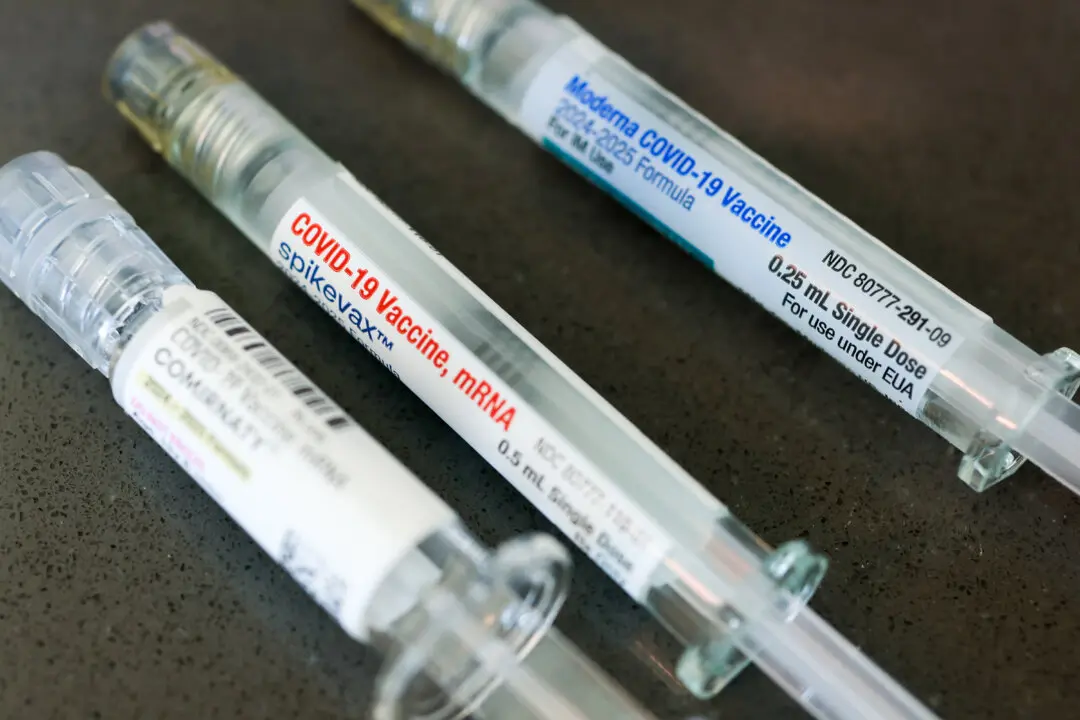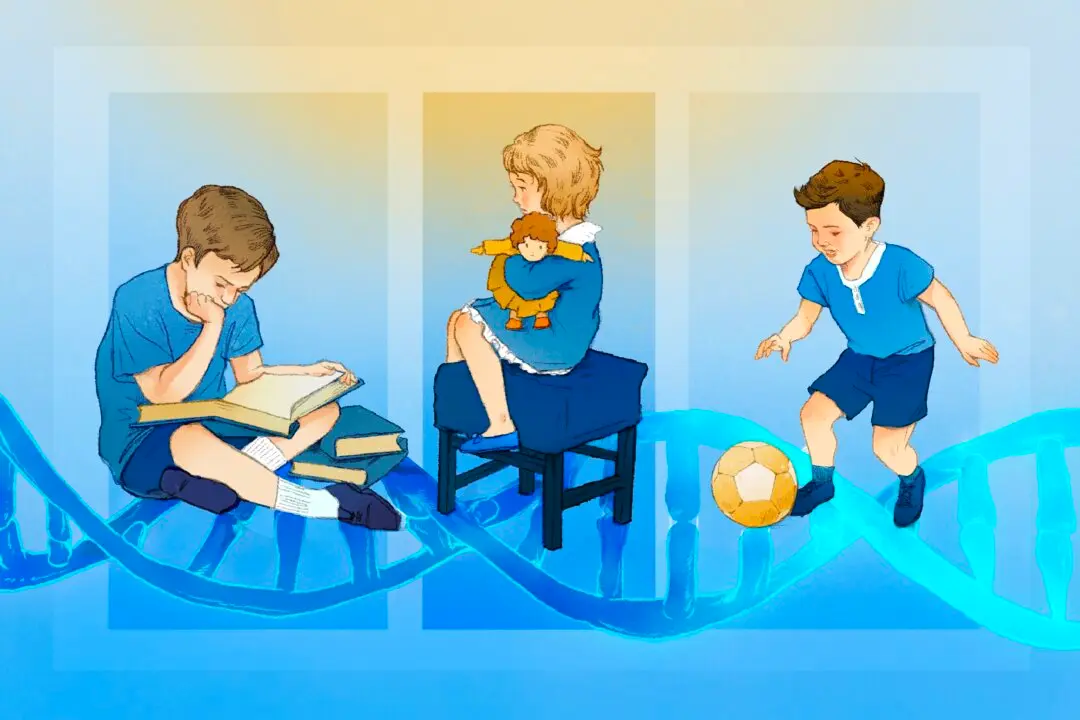New research conducted by the Australian National University has identified pathways for lethal Clostridium spp. bacteria, potentially leading to more effective treatment options for the future.
“Our research shows there might be new therapies we could develop, such as using certain drugs to neutralise the toxin [released by the bacteria],” said the lead researcher, Prof. Si Ming Man, on May 21.





